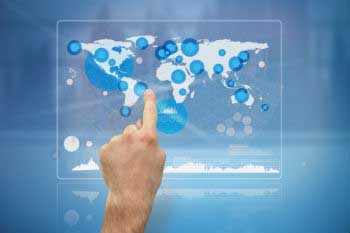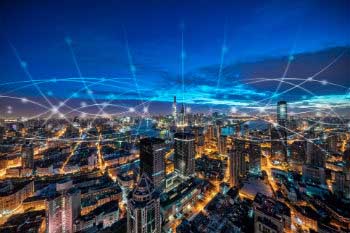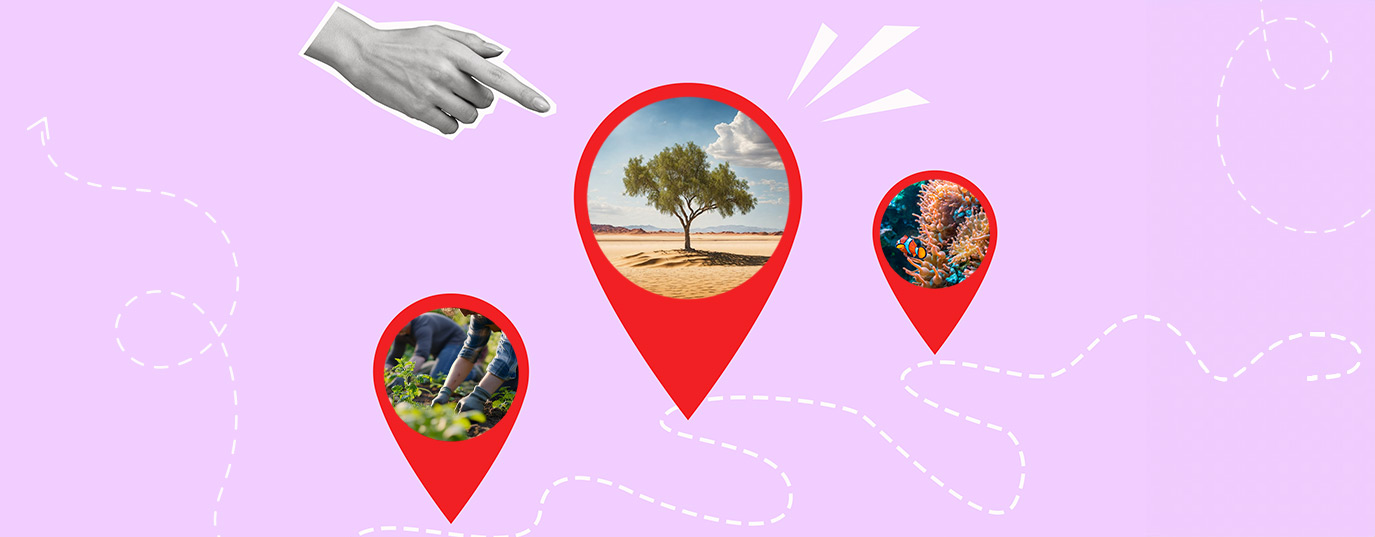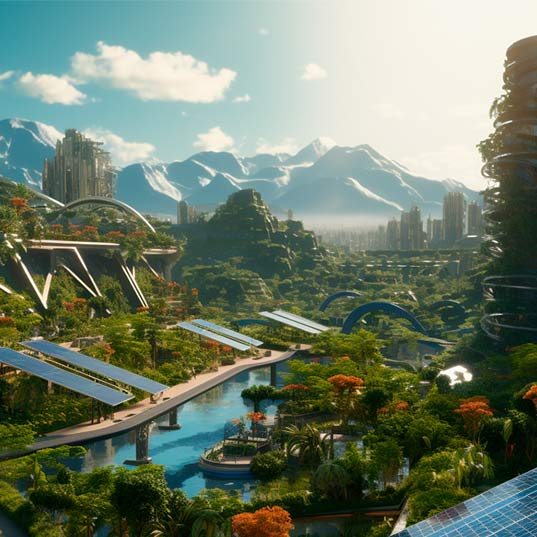From Big Data to Sustainable Data
The generation, storage and use of huge amounts of data can be a great ally of sustainable development. Learn how
Every day millions of digital data that either the administration or the companies store for its later use are generated all over the world. Data that register the whole human activity and also the natural records that occur in all areas of the planet. This accumulation, processing, study and use of data on a large scale is called Big Data.
Data obtained thanks to Big Data is undoubtedly a valuable source of information for the private sector, which is the one that so far has benefited most from its use, but Big Data is also called to play a key role in sustainable development from the public and institutional sphere. It is the transformation of Big Data into Sustainable Data.
How can Big Data contribute to sustainable development?
The Big Data used for sustainable development seeks to collect, cross and relate data from physical components (fires, droughts, rains, earthquakes, etc.) with data on social components (light intensity per household, telephone calls, social networks activity, use of transport, etc.).
The data is extracted mainly from satellite photos and public databases, requiring public-private collaboration. The result of crossing all these data can help avoid geopolitical conflicts, to know human behavior when natural catastrophes or humanitarian crises occur and to understand vulnerability and resilience in different situations.
Nowadays, there are several examples of the use of Big Data applied to sustainable development:

- Global Fishing Watch: A map that helps prevent illegal fishing, which means a reduction of geopolitical conflicts, recording the movement of more than 35,000 vessels and processing more than 37 billion messages on fishing activity.
- Climate Smart Agriculture: A project led by FAO (the Food and Agriculture Organization of the United Nations) that helps optimize the crops during the different seasons of the year.
- India Night Lights: Data collection on light intensity in India to know exactly the energy consumption and the increase or decrease of the electrical use. Thanks to this data, collected every night since 1993, the evolution of access to electricity in rural areas can be researched.
- Ocean Observatories Initiatives: Monitoring of ocean activity and real-time analysis to anticipate the risk of seabed movement and possible tsunamis.
- Life Under Your Feet: It is a tool that collects satellites data on the global variation of humidity or temperature, which allows a more accurate study of climate change and optimize the decision making in agriculture or the construction of infrastructures.
If we consider that only in the year 2015 more data than in the whole history of mankind until 2014 was recorded, there is no doubt that Big Data will become a powerful tool for monitoring sustainable development as interest grows In knowing the social, environmental and economic global advances.
Do you know any other uses of Big Data on sustainable development? Participate with your comments.
Sources: Observatorio de la Sostenibilidad, Data Revolution Group, El País and El País II.






